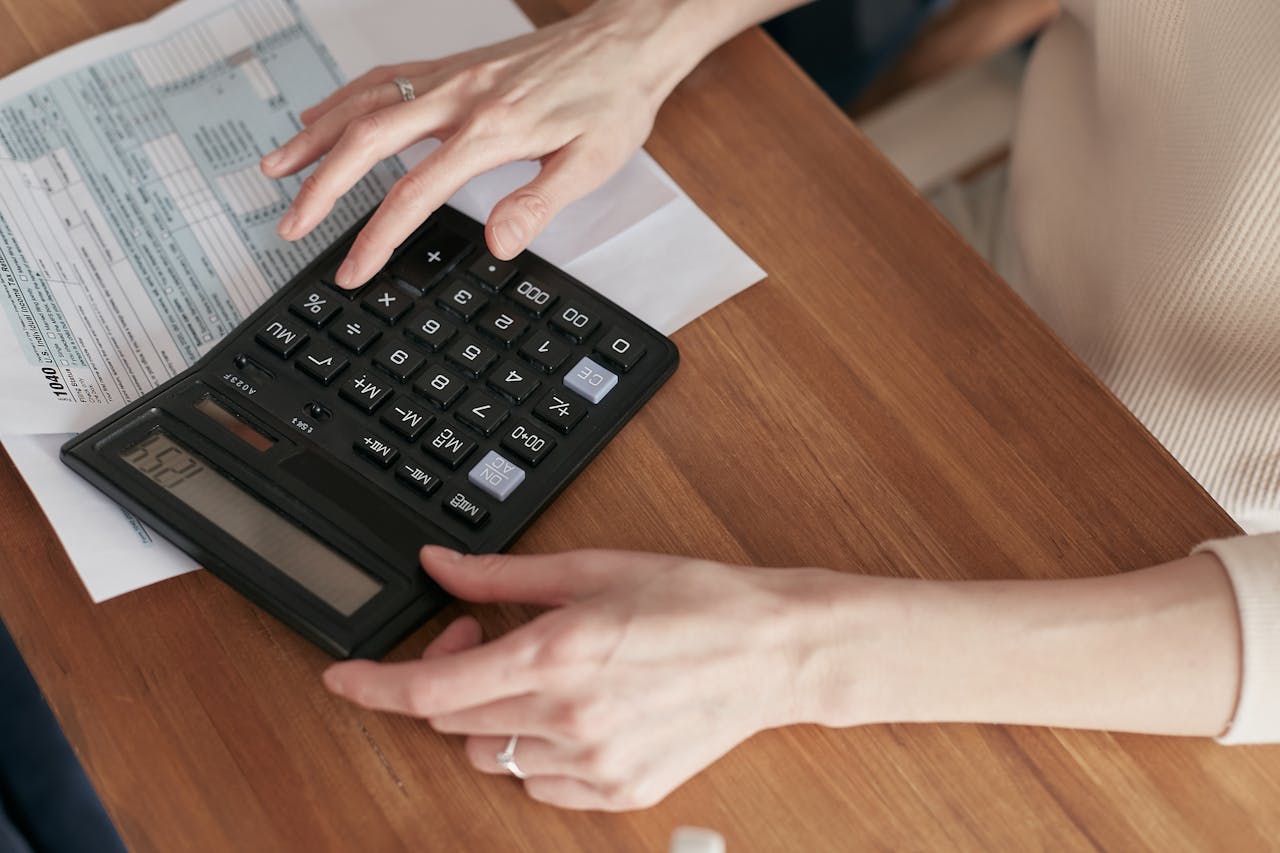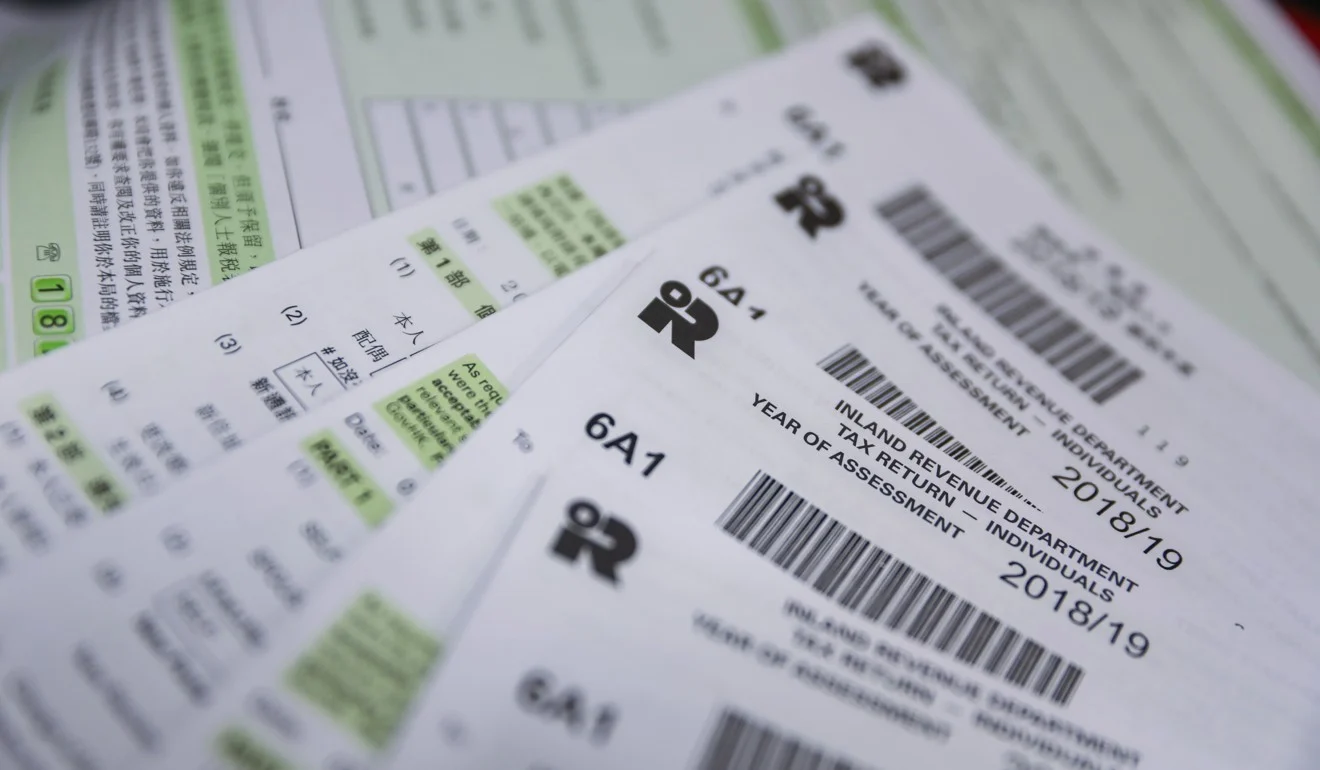
We’re officially in tax season, which means the “green bomb” will be landing in your mailbox soon! To help you maximize your tax savings, we’ve gathered eleven powerful deduction strategies many Hong Kong taxpayers overlook.
1. Extra $20,000 Mortgage Interest Deduction for Parents
Have a child born on or after October 25, 2023? You could qualify for an additional $20,000 deduction on top of the standard $100,000 home loan interest deduction!
Your child must live with you for at least 6 consecutive months. This continues until they turn 18, potentially saving thousands in taxes over the years.
2. Personal Education Expenses (Up to $100,000)
Did you take courses this year? You can claim deductions for continuing education expenses—even for courses not directly related to your current job.
This includes part-time courses at approved institutions, professional examinations, and certain online courses from recognized providers.
3. Home Office Expenses for Self-Employed
Running a business from home? You might claim a portion of your household expenses against your profits tax.
This could include a percentage of rent, utilities, internet, and home office equipment. Just make sure you use the space exclusively for business purposes to qualify.
4. Medical Insurance for Dependents
Got family? Remember you can claim VHIS premiums paid not just for yourself, but also for your spouse, children, and parents!
The deduction limit is $8,000 per insured person with no limit on the number of people. A family of four could potentially claim up to $32,000 in premium deductions.
5. Last-Minute MPF Voluntary Contributions
Smart taxpayers make lump sum Tax Deductible Voluntary Contributions (TVC) before March 31 to maximize current year deductions.
You can contribute up to $60,000 annually (combined with qualifying annuity premiums). Even a one-time $30,000 contribution could save up to $5,100 in taxes!
6. Child Allowance Strategy for Married Couples
Many married couples don’t realize that child allowances should be claimed by one spouse only, not split between both parents!
For 2024/25, each eligible child provides a $130,000 allowance ($260,000 in the child’s birth year). Having one spouse (typically the higher earner) claim all child allowances often results in greater tax savings than splitting them.
Important: Only if you and your spouse are living separately should you consider splitting child allowances.
7. Dependent Parent/Grandparent Allowances
Supporting elderly parents or grandparents? You could qualify for allowances of up to $100,000 per dependent!
Key points many miss:
- Parents/grandparents can still be working and earning income
- For those aged 60+, the allowance is $50,000 (plus another $50,000 if living with you)
- For those aged 55-59, you can still claim $25,000 (plus $25,000 if living with you)
- You must either live with them or provide at least $12,000 of financial support annually
8. Parent Allowance Strategy Among Siblings
If you have siblings who also support your parents, you need to decide who will claim the allowance.
Only one taxpayer can claim the allowance for each dependent parent/grandparent. Discuss with your siblings to determine who would benefit most from the tax savings – typically the person with the higher income who would save more tax.
9. Parent Allowance Strategy for Married Couples
Married couples have a unique opportunity to maximize parent allowances by splitting them strategically. For example, you can claim allowances for your parents and one parents-in-law; while your spouse claim one of the parents.
Discuss with your spouse to determine who would benefit most from the tax savings – typically the person with the higher income who would save more tax.
10. Disabled Dependant Allowance
If any family member (including spouse, children, parents, grandparents, or siblings) qualifies for government disability allowance, you can claim an additional $75,000 allowance.
This is calculated separately from other allowances, meaning you can claim both the disabled dependant allowance AND relevant child/parent allowances for the same person!
11. Single Parent Allowance
Single and raising children? Beyond child allowances, you might qualify for the $132,000 single parent allowance.
You must be unmarried throughout the entire tax year and have sole custody and care of your child. If you marry, divorce, become widowed, or start living separately during the year, you won’t qualify for that assessment year.
Feel Good About Filing Your Taxes
What a year it’s been! Tax rules keep changing, but here’s the good news: We’ve stayed on top of them so you don’t have to.
Start gathering your documentation early, keep detailed records, and consider the timing of deductible expenses. For complex situations, professional advice could save more than it costs.
Tax planning should be year-round—not just something you think about when the “green bomb” arrives!
Ready to maximize your deductions? Check out our other helpful articles on mortgage interest deductions, The “Tax Reduction Trinity“, and tax deduction for rental expense.


